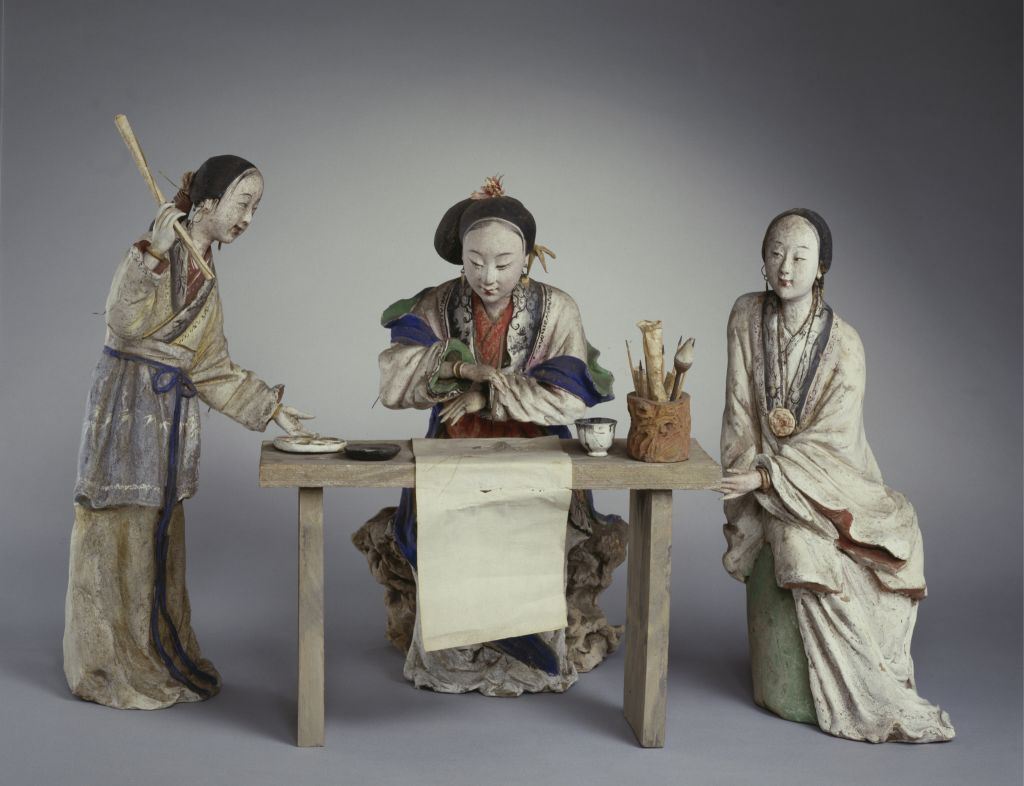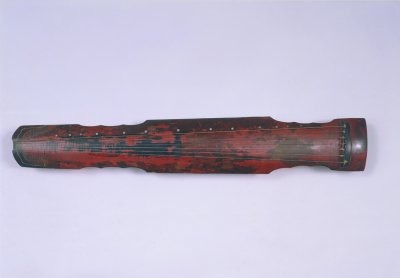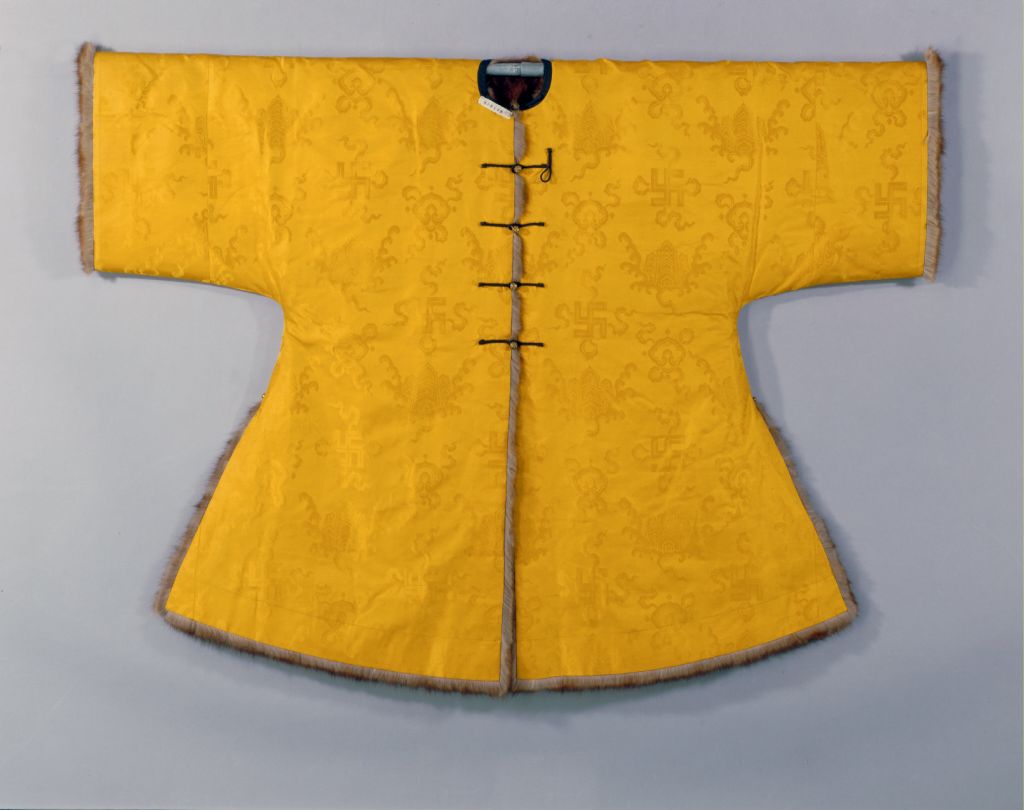[Dong Qichang’s Ink Scroll Clothes Painting Axis]
The Ink Scroll Clothes Painting Axis, Ming Dynasty, Dong Qichang’s painting, paper version, ink pen, vertical 101.5 cm, horizontal 46.3 cm
This self-knowledge: “The five strategies of self-ugly Nangong ink scroll are hidden by good people, and can be shown by the sleeves of the people on the shore. The eaves of the wind are hasty, and the calligraphy is very poor. He Feibi’s gauze cage has been attacked for 35 years. If he receives them from Sun Ting, it is equivalent to passing on clothes. It is easy to draw with this painting. The first day of March of Guihai is read. Xuanzai.” The seal “Dong Qichang” is stamped
The seal of the seal includes: “Sun Ting Ji of Dong’s Tomb”, “Dong Duizhi”, “Use He Bao Zhi”, etc
“Guihai” is the third year of the opening of tomorrow (1623). Dong Qichang was 69 years old
This picture is based on Ni Zan’s two-part composition, simple and broad. In the close view, there are several trees and luxuriant branches on the hillside. In the middle part, the gentle lake water is represented by blank space, and it slowly transits to the distant mountains and the cottages and dwellings at the foot of the mountains, creating a warm and quiet scenery in the south of the Yangtze River. The style of the painting is elegant and frank. It subtly uses the color, dryness and wetness of ink and water, and also uses Huang Gongwang’s dry pen to clean the rocks. The strokes are rich and moist without losing the charm of the charm. It can be called the best composition of Dong’s landscape painting in his later years
In Dong Qichang’s self-title, the intention of drawing this picture is indicated. The main idea of the title is: 35 years ago (the seventeenth year of the Wanli period of the Ming Dynasty, 1589), he participated in the palace examination and won the middle prize. His five pieces of advice and writings were collected by good books. Today, an intermediary engaged in the calligraphy and painting trade came to take another look at it. Although he felt that calligraphy was not good at that time because of the time constraints, but as the test paper for his achievement of fame, he exchanged this picture for ink and handed it to his grandson Dong Ting for preservation to show his intention of inheriting poetry and calligraphy
In this self-title, two key words “Nangong” and “Ce” appear. The term “Nangong” originally refers to the southern constellation of stars. In the Han Dynasty, the term “Nangong” was compared to Shangshu Province. Later generations also called the Department of Rites “Nangong”. During the Ming and Qing dynasties, the imperial examination was presided over by the emperor, and the imperial examination was supervised by the king and the duke, and the minister of rites was the chief administrator. “Ce” is a kind of literary style. In ancient times, the imperial examination examiners used “Ce” to correct it, especially in the palace examination, only one “Ce” was examined, so it is also called “Ce”. According to Dong Qichang’s Biography, Volume 228 of the History of the Ming Dynasty, “In the seventeenth year of Wanli’s reign, scholars were promoted to become scholars”, it can be confirmed that the author’s “Five Strategies in the Southern Palace of Self-ugly Ink” in his title refers to the five volumes of essays that the author made during the palace examination that year. As for how the very important imperial examination strategy can be obtained for good people, it remains to be determined.
![图片[1]-Dong Qichang’s scroll painting axis-China Archive](https://chinaarchive.net/Ming dynasty/painting/19272[1024].jpg)

![[Qing Dynasty] British female painter—Elizabeth Keith, using woodblock prints to record China from the late Qing Dynasty to the early Republic of China—1915-China Archive](https://chinaarchive.net/wp-content/uploads/2022/11/image-191x300.png)



